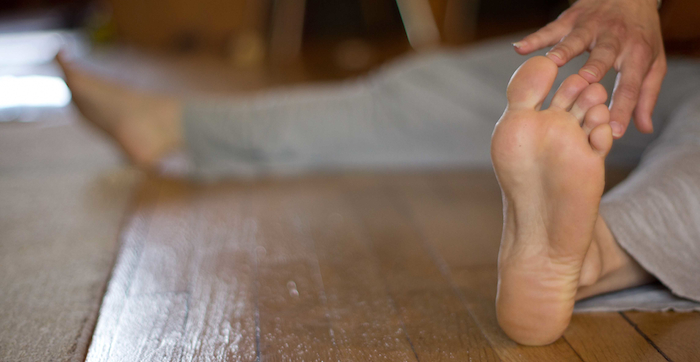As air enters the body your muscles and organs have to adjust to make room. If you are tense or in a rigid posture, deep breathing is not going to be comfortable because you are essentially squishing your internal organs to make room for air. Breathing is a great way of improving your level of relaxation and body alignment if you use how it feels to breathe as a guide for adjusting your body and releasing unnecessary tension.
As you take a deep breath notice where the tension increases; similar to gentle stretching don’t try and push past discomfort, the tension represents current limitations. The resistance can be reduced in different ways but I have found three steps to be helpful.
1. Recognize the tension as the end of where you “try and breathe” but continue thinking about breathing in and then breathing out as a transition that reduces effort and allows the body to naturally versus forcibly breathe.
2. As you are able to increase the transition between in and out breaths notice areas of your body where you are getting tense; similar to muscular stretching imagine that area relaxing and often bringing attention to an area reduces the ability to hold onto tension.
3. The tension may come from the position of your body surrounding the area; adjust your shoulders, ribs, arms, neck, etc as if you are extending that part beyond the “wall” you are sensing. If the tension increases you are going the wrong way… try other adjustments, if it decreases continue breathing in the new position and find other changes that might also help.
The focus of mindfulness is realizing that the “how” we do changes the effects and potential of what we do. Especially when it comes to automatic behaviors, habits form from positive and negative experience, unintentionally limiting potential outcomes. The goal is to increase adaptability to dispose ourselves to opportunity.


One thought on “Breathing is a form of stretching…”
Comments are closed.